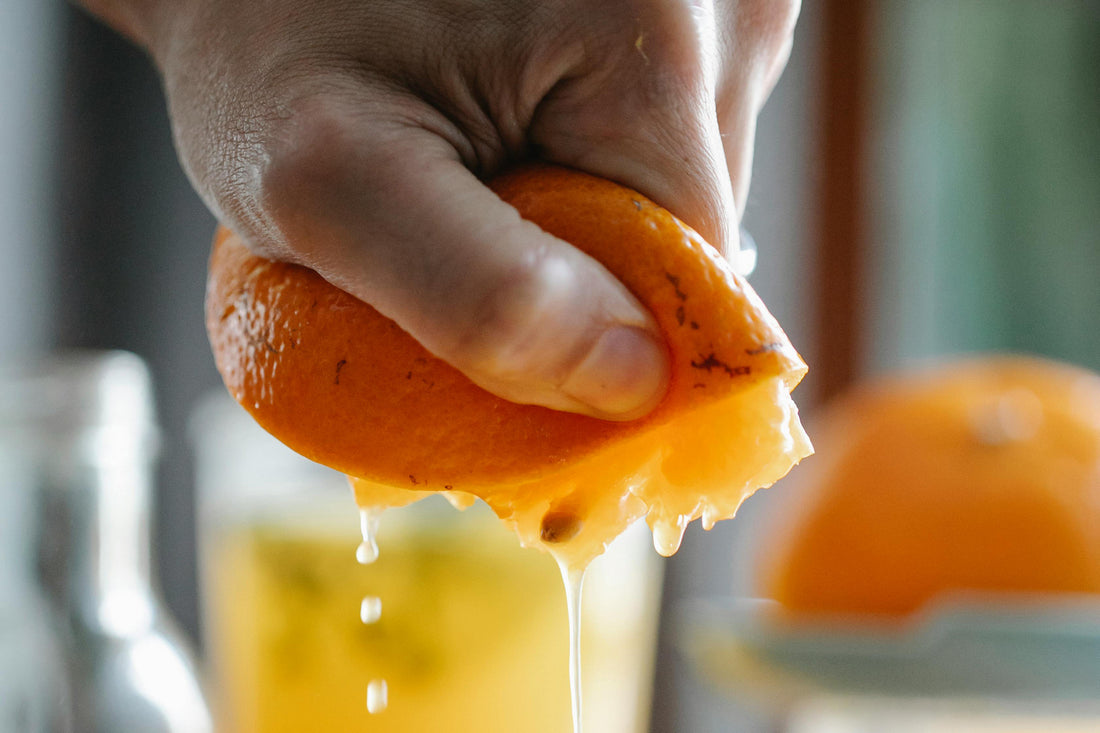What does the term bruising mean in bartending? Picture this scene: you're standing at the local bar ordering your favorite cocktail. Perhaps a nice margarita, highball, or dirty martini. The new bartender grabs their shaker, throws in some ingredients, and shakes vigorously. The mixed drink passes a strainer and into your glass looking kind of cloudy.
You take a sip and the alcoholic drink almost hits the spot – but something’s off.
The taste is just slightly muted or bitter. That bright pop is missing. What’s happened is that your cocktail might be bruised. So what does the term bruising mean in bartending?
In the field of bartending, bruising is a common term that refers to the (unintentional) over-bruising of ingredients, resulting in altered appearance, taste, and texture.
In this article, we look into the concept of bruising.
We explore its causes, effects, and how to avoid it. We discuss the impact of bruising on different ingredients, when bruising is acceptable and debunk some common misconceptions.
By the end of this read, you’ll know whether James Bond is right when he orders his martini ‘shaken, not stirred’ – or whether he needs a mixology masterclass into (not) bruising drinks.
[Love classic cocktails but don’t like to look old-fashioned? Let your bartending attire speak volumes with Broken Bartender's unique selection of stylish clothing and cheeky accessories for bartenders with a sense of humor.]

What does the term bruising mean in bartending? The definition in practice.
What does bruising a drink mean, actually? In the world of mixology, "bruising" refers to the (often) unintended use of excessive force when mixing ingredients in a cocktail, causing them to break down and release their natural compounds and flavors.
Bruising refers to the use of excessive force when mixing a cocktail, causing ingredients to break down and release their natural compounds.
Bruising a mixed drink can result in an overpowering or bitter taste, a color change due to the release of pigments, and an altered texture due to the breakdown of ingredients.
In practice, you’ll notice the effects of bruising in the cocktail's cloudy appearance, as well as an unbalanced taste.
Bruising can happen when you shake, stir, or muddle a drink too hard.
-
Muddling: Incorrect muddling, like when using too much force or crushing ingredients excessively, can lead to bruising.
-
Shaking: If you shake cocktails too vigorously or for long periods of time, ingredients can break down and release their flavor prematurely.
- Stirring: Stirring too hard or using a bar spoon that is too large or sharp can also lead to bruising.
Besides, certain cocktails are prone to bruising due to their delicate ingredients – think fresh herbs, fruit juice, or egg whites.
How to avoid bruising your cocktail
Want to avoid unintentionally making cloudy cocktails and become a better mixologist? Understanding what bruising means is essential for mastering the craft and creating balanced, visually appealing, and delicious cocktails.
Use these techniques to minimize bruising when mixing drinks:
- Use a muddler with a blunt end and apply gentle pressure to extract the ingredients’ flavor profile without crushing them.
- Shake drinks with a light, controlled touch and for a limited time to avoid over-agitating the ingredients.
- Use a long, thin stirring spoon and stir gently to mix the ingredients without breaking them down.
- Choose the right shaker or muddler for the specific cocktail to mix without bruising.
Want to further improve your bartending skills? These best bartending books are essential for mastering the craft.

Bruised, not stirred. Why James Bond wasn’t necessarily wrong
Being James Bond, you order your gin Martini shaken – but some mixologists like to point out that this method of preparation actually bruises the gin. But is that true?
Grant Sceney, who is the creative beverage director of Fairmont Pacific Rim, remarks that “Bruising gin comes from the myth that the delicate flavors in gin are lost when it is aerated through the shaking process, in turn making the spirit taste more bland, which can diminish the subtle flavors.”
According to Sceney, “This myth likely arises from the fact that gins weren’t always made to the highest quality that they are today, and the same goes for the quality and consistency of the ice that was used to make the drinks and the techniques used by bartenders back in the day.”

So what does the term bruising mean in bartending according to Sceney?
He thinks bruising is an incorrect term. Instead, Sceney suggests you can over-dilute a gin Martini by shaking it, as more ice, water, and aeration can make the subtle flavors harder to detect. He emphasizes that dilution does not mean the drink is bruised - it just means the cocktail of dry vermouth and gin is watered down.
On the other hand, the biggest benefit of shaking a cocktail comes from aeration, where air is forced into the mixture. This helps create a smooth mouthfeel and velvety texture.
Just like there are countless ways to make a Martini – gin or vodka martini, dry or wet, dirty or neat, olive or lemon garnish, perhaps some olive juice – there’s no right or wrong in shaking or stirring your Martini. There’s just preference.
Illustrating this fact is the bruised martini. What is the meaning of a bruised Martini? Simply a Martini that is vigorously shaken with ice, resulting in a slightly cloudy appearance and velvety texture.
Sceney’s advice when mixing drinks is to analyze the ingredients you are going to use. "If the ingredients are similar in density and viscosity - for example, gin and vermouth - stir them and gently blend the flavors together," he says.
"However, if they differ in density and viscosity - for example, gin, lime juice and sugar syrup - shake them vigorously to bring them all together in the same balance," Sceney concludes.

To bruise or not to bruise
Whether or not to use the term "bruising" when referring to some cocktails is a topic of debate, especially when it comes to the infamous James Bond Martini. Some experts might argue that shaking a gin Martini can lead to bruising, but others don’t believe in such cocktail stereotypes.
These enthusiasts argue bruising has more to do with personal preference and the quality of the ingredients used. In fact, intentionally bruising cocktails is a growing bartender trend.
So what does the term bruising mean in bartending?
That depends on the mixologist you’re speaking to. But unless you’re only serving your liqueurs straight up or on the rocks, you’ll still need to master the finesse of (not) bruising your mixed drinks.
And how to do that? Make sure to use the right tools and techniques to create balanced, visually appealing, and delicious cocktails every time. Most importantly, the next time you're behind the bar making a Manhattan or pouring tequila into your cocktail shaker, remember to pay careful attention to the ingredients you're mixing.




